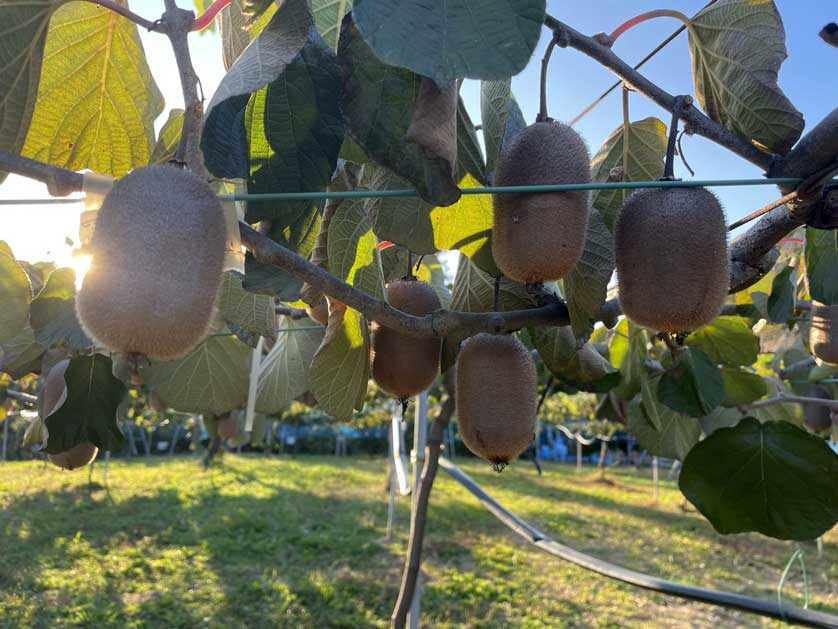What is a Kiwi?
Kiwi. What do you think of when you see or hear that word? If you're a New Zealander, one of the first things you think of is "me". That's because in New Zealand, "I'm a Kiwi" is shorthand for "I'm a New Zealander".
 |
| What much of the world thinks of as a "kiwi" |
For the grammatically minded, Kiwi can—as we have just seen—be used as a noun (i.e., a naming word), and is also an adjective (a describing word) meaning "typical of, or native to, New Zealand."
For example, "Kiwi English" means the kind of English spoken in New Zealand. (Think "fush'n'chups".) Say "Kiwi music" and you think of bands like Split Enz, Crowded House or Fat Freddy's Drop. Or singers like pop star Lorde, singer-songwriter Dave Dobbyn, or opera singer Kiri Te Kanawa.
Or there's the national railway, KiwiRail, and Kiwibank.
But why "kiwi"? People outside of New Zealand have come to associate the word with an egg-shaped fruit that comes in two varieties: green or golden. However, this meaning is a latecomer, dating from the 1970s. (More about the fruit later.)
 |
| The true, original kiwi - a bird |
The word kiwi goes way back before the arrival of Europeans to New Zealand. To begin with, it was the name the Maori gave to New Zealand's iconic, flightless, nocturnal bird, scientifically known as the Apteryx. One theory is that the Maori named it "kiwi" in imitation of the kiwi's screeching cry
But as to how the name of the bird came to represent New Zealanders and everything New Zealand, there are two possibilities.
One dates back to a rugby match between New Zealand and Great Britain in 1905 when the All Blacks won 15-0. The New Zealand Free Lance magazine published a cartoon celebrating the event, where a tiny kiwi transformed into a towering moa (the world's biggest bird before it went extinct several hundred years ago). The representation stuck, becoming a standard motif in cartoons, and then in the world at large.
The other theory is that it happened a few years later, in World War I (1914-18) when a brand of shoe polish, called "Kiwi", came to be used by the British and United States armies for soldiers' boots. Although the shoe polish was Australian, the name was inspired by the inventor's wife having been born in New Zealand. New Zealand soldiers thus came to be nicknamed "Kiwis" after the name of the famous shoe polish.
As for the fruit, until the 1970s, those oval balls of sweetness that grew on vines were called Chinese gooseberries. It was only when moves were made in the 1970s to turn them into a major export that the name was changed to one designed to make them sound native to New Zealand. And what could be more native-sounding than "kiwi"? Chinese gooseberries thus became "kiwifruit". However, over time, consumers—at least outside of New Zealand—have dropped the "fruit" suffix. They are therefore, somewhat confusingly, now just called "kiwis" by most of the world.
Apologies to China, though, because, as the original name, Chinese gooseberry, suggests, China is where the kiwifruit is native to! It's just that New Zealand was the first country to commercially cultivate this formerly wild fruit, in the early 20th century. That pioneering move is the only foothold New Zealand has in claiming the fruit as its own. But it is a foothold that has been mightily secured by undeniable commercial success.
So, while the kiwi with a long beak is 100% Kiwi, the kiwi that grows on a vine is not—although not every Kiwi will like to admit that!
 |
| Kiwi on the vine |





0 Comments